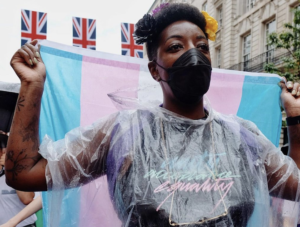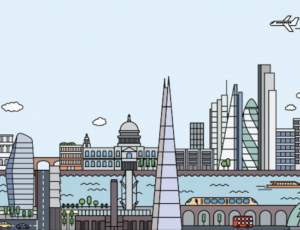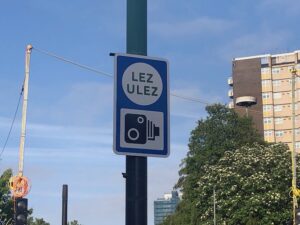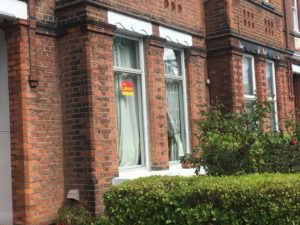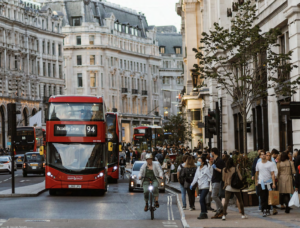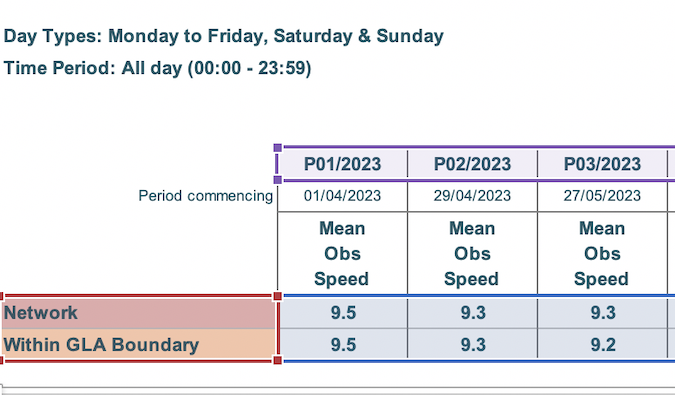The National Audit Office has fully exposed yet another lump of Boris Johnson bullshit. It is one of the most malodorous yet. The Conservatives’ 2019 general election pledge to build “40 new hospitals” had a big whiff of hubris about it from the start. In October 2020, Johnson said the job would be done by 2030. A year later, this was judged unachievable. It is now confirmed as a stinking fib.
Shadow health secretary Wes Streeting is leading Labour’s told-you-so anthem, riffing hard on Hillingdon hospital. Visiting it three weeks ago to support Danny Beales’s by-election challenge in Uxbridge & South Ruislip, the parliamentary seat Johnson abandoned when his partygate hangover hit home, Streeting dubbed it a “monstrosity”. Today, he has repeated his promise that a Labour government would deliver a replacement by the end of its first term.
No wonder Hillingdon councillor Steve Tuckwell, the latest unlucky soul to get lumbered with clearing up a scarpering Johnson’s mess, has admitted that keeping the constituency blue will be “very difficult”. A contest he has sought to frame as a “referendum on ULEZ” – a policy of the Mayor of London, not the national government – might turn out to be about other things instead, with health well to the fore.
But while there’s no dispute that Hillingdon hospital is in urgent need of treatment – and the same goes for other NHS facilities in London – rebuilding the health service in the capital will be about more than bricks, mortar, new technology and A&E. It will also require the renovation and renewal of its entire relationship with Londoners, especially those in greatest need of it.
A new risk assessment by the UK Health Security Agency (UKHSA) has found that an outbreak of between 40,000 and 160,000 measles cases could occur in London due to low uptake of the vaccine for preventing it – the measles, mumps and rubella jab, better known as the MMR.
The risk assessment confirms that 17.5 per cent of the capital’s two-year-olds have not received their first dose of the vaccine, and that 25.9 per cent of its five-year olds have not had the two doses they need to be safe from the three diseases. Vaccination coverage has been falling all over England, but the situation is at its worst in the capital. Two thirds of the country’s 128 measles cases in the first half of this year – more than twice as many as in the whole of 2022 – have been here.
This is alarming, but it’s been coming for a while. The UKHSA highlighted London as having the lowest vaccination rate of any region in England in February of last year too, showing that one in four London children had not had their second dose by the time of their fifth birthday. This compared with slightly over one in ten who hadn’t nationally.
Towards the end of 2022, research by Queen Mary University of London (QMUL), published by the British Medical Journal, said that in no part of London was the 95 per cent vaccination target recommended by the World Health Organisation being hit. “In north east London there are now more neighbourhoods than before the pandemic where fewer than 60 per cent of children receive the first MMR vaccine on time,” QMUL said. It added: “These ‘hotspots’ – which are at highest risk of a measles outbreak – are clustered in the region’s most deprived neighbourhoods.”
The QMUL study found that the proportion of children receiving their first MMR jab, offered when they are between the ages of 12 and 18 months, fell by four per cent during the pandemic. But a decline in take-up was already happening in London even before Covid-19, with its considerable “hesitancy” about immunisation against the new coronavirus seeming to increase anxiety about vaccines in general.
What has been going wrong? What has created a situation where tens of thousands of young Londoners are in danger of catching measles, a highly infectious, unpleasant and sometimes very dangerous illness we thought we had under firm control?
The new UKHSA assessment identifies an “urgent need” for a vaccine catch-up with London’s teenagers and other young people, as well as small children (efforts are already underway). The agency says “susceptibility is particularly high among 19 to 25-year-olds, affected by unfounded stories in the early 2000s” – a reference to studies published around the start of the century alleging perilous MMR side effects.
These studies’ claims, given credence by right-wing media at the time, were later exposed as fraudulent. Yet today many parents whose children haven’t had MMR jabs mention their fear of serious side effects as a reason. The swirl of conspiracy theories surround Covid vaccines cannot have helped, and the greater reluctance of some groups of Londoners to come forward for theirs during the pandemic revealed a more general lack of confidence in the NHS that is long-standing and deep-seated.
The fall-off in MMR take-up in London has its particular causes, often rooted in the complex and varied character of the capital itself. But it might also be seen as reflecting a more general spread of doubts about institutions of the state, even the most revered. We are seeing it most of all among those whose health tends to be the poorest and therefore need the knowledge and compassion of the NHS most of all. Building new and better NHS hospitals in London is important. But so is building greater faith in the health service itself.
Photograph: Gov.uk. Twitter: Dave Hill and On London. If you value On London and its writers, become a supporter or a paid subscriber to Dave’s Substack.



